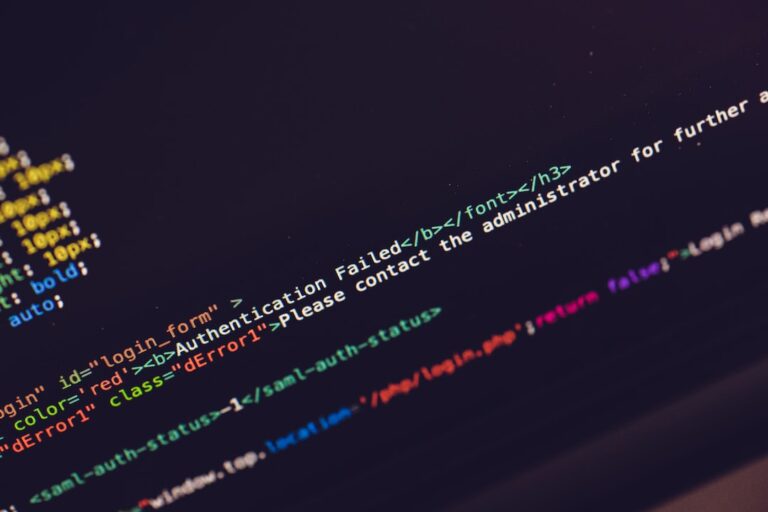In the ever-evolving landscape of software development, two giants stand tall: Java and Python. Both languages have carved out significant niches in the industry, powering everything from web applications to artificial intelligence. But which one should you, as a developer, invest your time in? Let's dive deep into the intricacies of both to help you make an informed decision.
Historical Overview
Java: The Time-Tested Veteran
Java, introduced by Sun Microsystems in 1995, was designed with the mantra "Write Once, Run Anywhere." This object-oriented language quickly became a staple in enterprise environments due to its platform independence and robustness.
Python: The Versatile Dynamo
Python, on the other hand, made its debut in 1991. Created by Guido van Rossum, it was designed to be easy to read and write. Its simplicity and versatility have made it a favorite among startups and tech giants alike.
Syntax and Readability
Java’s Strict Structure
Java follows a rigid syntax, which, while ensuring fewer runtime errors, can be verbose. This strictness ensures that Java codebases maintain a consistent structure, especially beneficial for large-scale projects.
Python’s Elegant Simplicity
Python is celebrated for its clean and intuitive syntax. With its emphasis on readability, developers can quickly understand and modify code, making rapid prototyping a breeze.
Performance and Speed
Java’s Speedy Execution
Java, being a compiled language, often outperforms Python in execution speed. The Java Virtual Machine (JVM) optimizes bytecode, allowing Java applications to run swiftly.
Python’s Dynamic Nature
Python is an interpreted language, which can result in slower execution times. However, its dynamic nature and extensive libraries can expedite the development process, offsetting runtime delays.
Libraries and Frameworks
Java’s Enterprise-Ready Tools
Java boasts a rich ecosystem of libraries and frameworks. Tools like Spring, Hibernate, and Maven have solidified Java's position in enterprise application development.
Python’s Expansive Offerings
Python's extensive libraries, such as Django for web development and TensorFlow for machine learning, cater to a wide range of applications. Its adaptability is one of its strongest assets.
Popularity and Community
Java’s Steady Dominance
Java has consistently ranked among the top programming languages. Its vast community ensures a steady stream of updates, tools, and resources.
Python’s Meteoric Rise
Python's popularity has skyrocketed in recent years, especially in emerging fields like data science. Its welcoming community and plethora of resources make it an attractive option for newcomers and veterans alike.
Application Domains
Java in Mobile Development
Java is the primary language for Android app development. With its robustness and high performance, Java ensures that Android apps are efficient, scalable, and maintainable.
Python in Data Science and AI
Python's dominance in the realms of data science, artificial intelligence, and machine learning is undeniable. Libraries like Pandas, NumPy, and Scikit-learn have made Python the go-to language for data manipulation and analysis.
Security and Reliability
Java’s Stronghold
Java's strong typing and object-oriented features make it less prone to errors and vulnerabilities. Its security managers and bytecode verifiers add an extra layer of protection against malicious attacks.
Python’s Defensive Programming
Python encourages defensive programming, which emphasizes writing code that can anticipate and handle unexpected scenarios. Tools like PyCrypto and SQLAlchemy provide added security for data encryption and database operations, respectively.
Integration Capabilities
Java’s Interoperability
Java's platform-independent nature ensures seamless integration with various systems. Java's Enterprise Edition (Java EE) offers a robust set of APIs for building scalable, distributed systems.
Python’s Flexibility
Python's dynamic nature allows it to integrate easily with other languages like C, C++, and Java. Its extensive libraries support various protocols and data formats, ensuring smooth data interchange.
Learning Curve
Java’s Steeper Slope
Java's strict syntax and object-oriented principles might pose challenges for beginners. However, its strong typing can prevent many common errors, making the learning process more structured.
Python’s Gentle Introduction
Python is often recommended as the first programming language due to its simplicity. Its readable syntax ensures that beginners can grasp concepts without getting bogged down by complex structures.
Conclusion: Which One Is Right for You?
Both Java and Python offer unique strengths. For large-scale, performance-critical applications, Java might be the way to go. If you're looking for versatility and rapid development, Python could be your best bet. Ultimately, the right choice depends on your project's requirements and your personal preferences.


